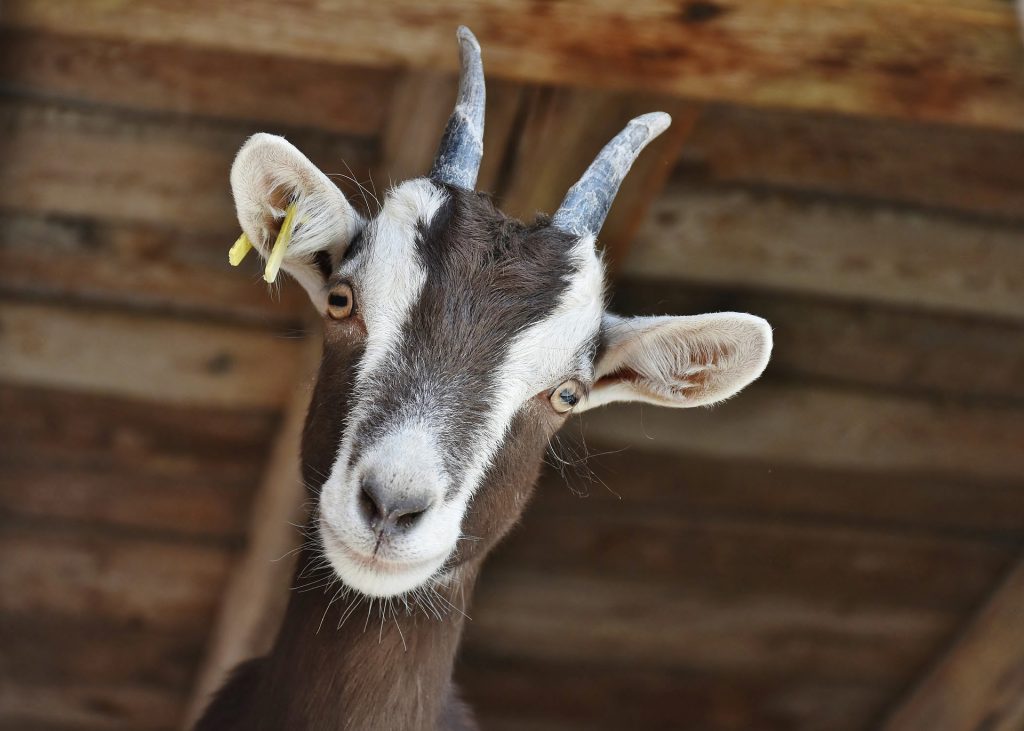


Indeed, it is said that there was a shepherd, Coretas, who observed that while his goats were grazing close to mount Parnassus, their behavior was altered when they approached a crevice from which vapors emanated they even danced. Among the Greeks, there was a version on the origin of Delphi as a cultural and prophetic center in which those animals played a role. Thus, Homer, in, describes the sacrifice of young goats (as well as of lambs) to Hermes (, bk. In this respect, there are plenty of references in pagan literature. 33), they are less able to cope with cold weather than sheep, while Pliny the Elder argues that cold makes them suffer from miscarriages (, bk. In addition, they are not adapted to low temperatures. Goats and sheep are gregarious creatures since they usually lay down huddled together (, p. Maybe due to their temperament, when grazing, goats do not remain in a fixed place, but rather, they soon move to other locations (, p. Its main strength resides in its forehead and horns. 36–38) on the he-goat as a lively animal, belligerent and robust. To this, the author makes further comments (, bk. It is also able to reach branches of trees with its mouth. 1–3), possesses a beard of sorts, long, thin horns, and it grazes in both valleys and mountains.

The goat, according to Thomas of Cantimpré (, bk. Concerning the morphology, nature and habits of the goat, it must be noted that it is a ruminant, 1 which is not endowed with a steady behavior, but with a changing nature and vividness (cf.


 0 kommentar(er)
0 kommentar(er)
